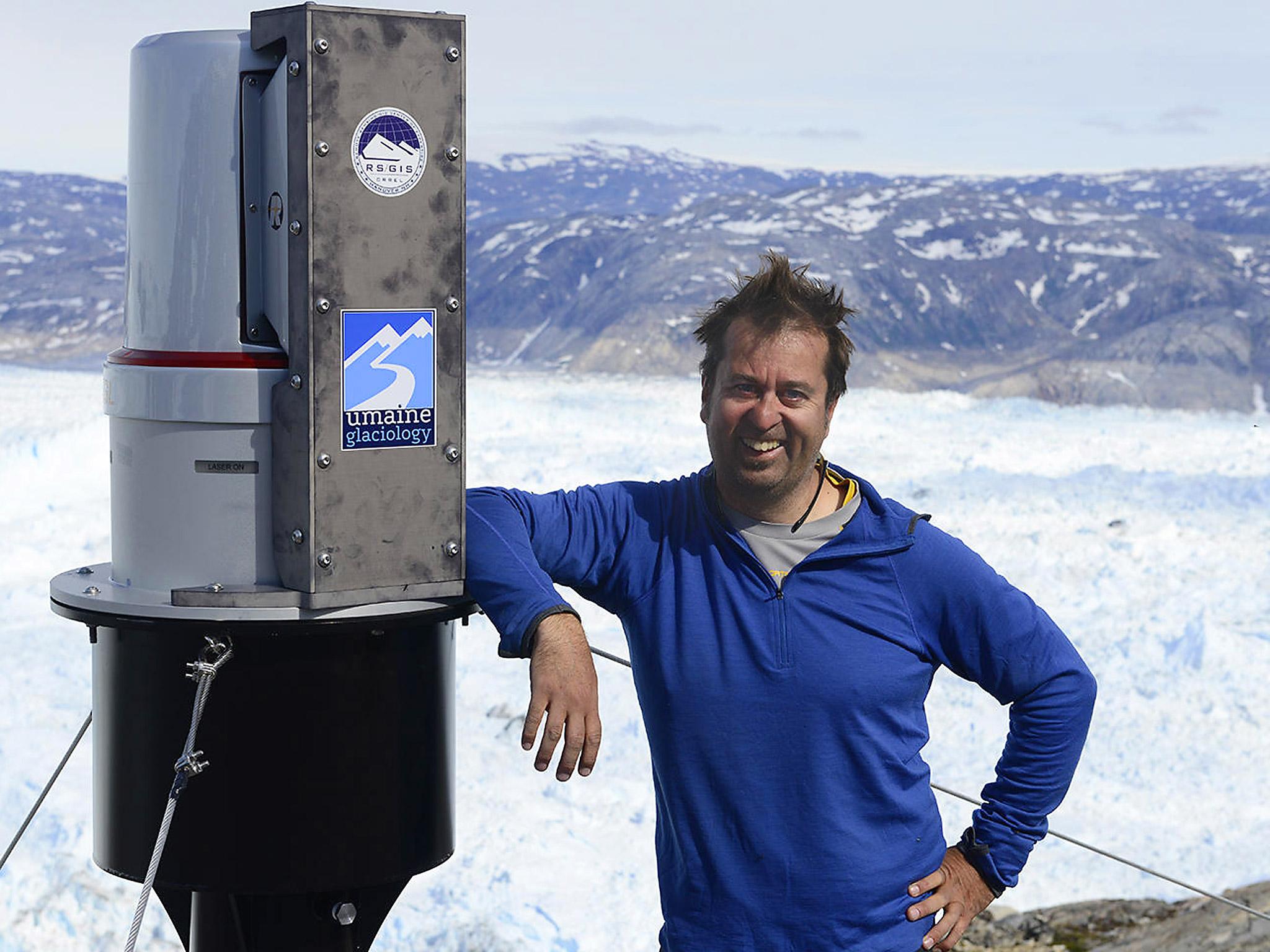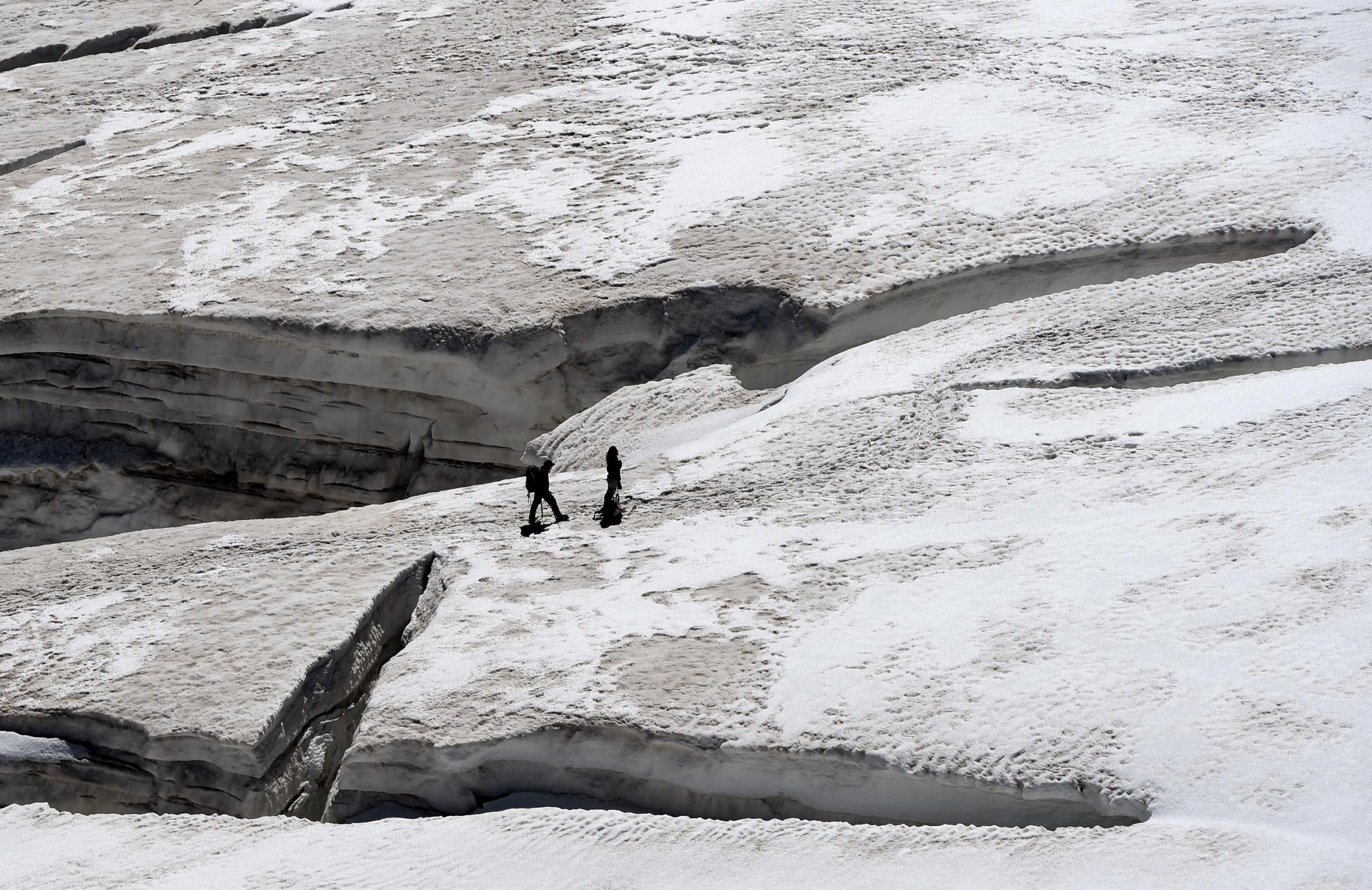British scientist sent to investigate crevasses in Antarctica dies after plunging 100ft into one on snowmobile
The 50-year-old is survived by his wife Fiona and two sons Martin and Calum

A British scientist sent to investigate crevasses in Antarctica has died after plunging 100ft into one on a snowmobile.
Dr Gordon Hamilton had been doing field research on White Island when the tragedy occurred on Saturday.
The 50-year-old’s body has been recovered and will be returned to his family in the US, according to a statement from the National Science Foundation (NSF) who funded the expedition.
“The University of Maine has lost one of its leading scientists,” the institution's president Susan J. Hunter said. “Gordon’s glaciology research around the world - from Antarctica to Greenland - was second to none.
“He leaves a legacy as an outstanding scientist, and a caring mentor and well-known teacher to undergraduate and graduate students.
“Our heart-felt thoughts and prayers go to his wife, Fiona, and their two children, Martin and Calum, and his friends and colleagues around the world.”
The glaciologist had been camped with his team in an area full of dangerous crevasses known as the “shear zone” where ice can grow up to 650ft thick.
The research team had been working to identify and fill in crevasses at the time of the accident.
“He was just a delightful person. He was super-friendly and he could always be counted on to have a good sense of humor, even in sometimes stressful situations,” Climate Change Institute Director Paul Mayewski told the Bangor Daily News.

An investigation into the accident by the US Antarctic Program has begun.
"I am deeply saddened by the news of the tragic death of Dr. Hamilton. Our thoughts are with the family and entire community as we mourn this loss," said Dr. France Córdova, director of the NSF.
A cravasse is a deep crack found in ice sheets or glaciers. They form as a result of movement within the ice and often result in vertical walls up to 45 metres deep and several hundred metres wide.
Join our commenting forum
Join thought-provoking conversations, follow other Independent readers and see their replies
Comments